Herp habitat - a woodland creek.
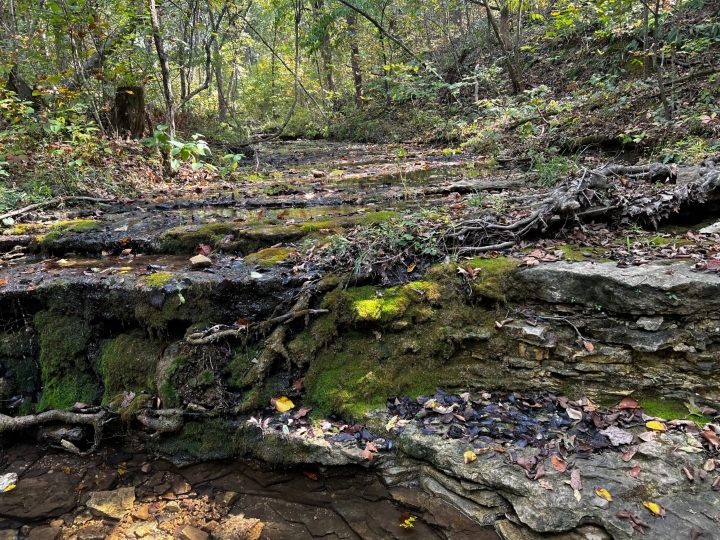
Green Frog - when I find these in wooded areas, they are usually uniformly dark.
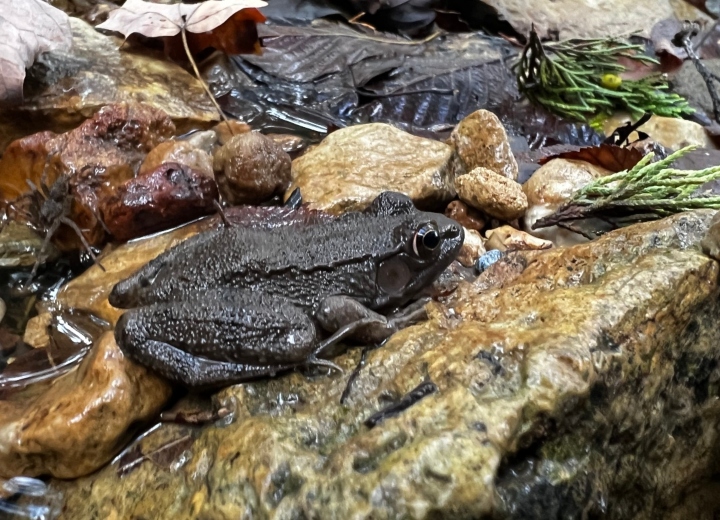
American Giant Millipede - although the name millipede means “thousand legs,” most millipedes have more like 300.
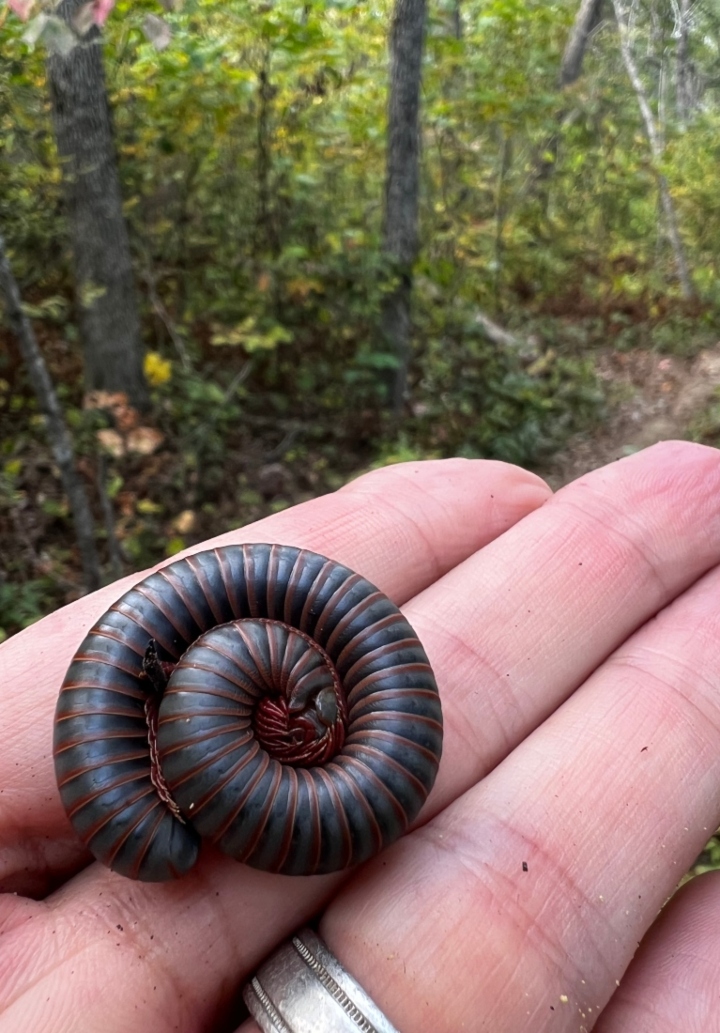
A "lifer" False Map Turtle. Also known as a "Sawback Turtle," this reptile's shell has a row of low spines.
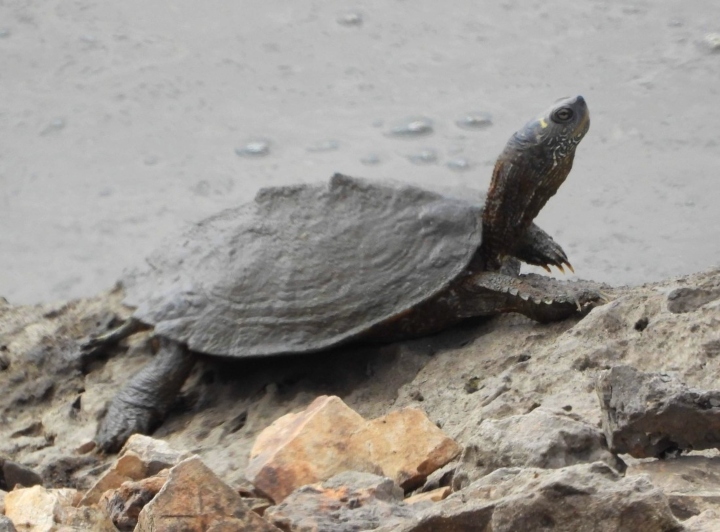
A Red-eared Slider seen crossing the road in southern Illinois.
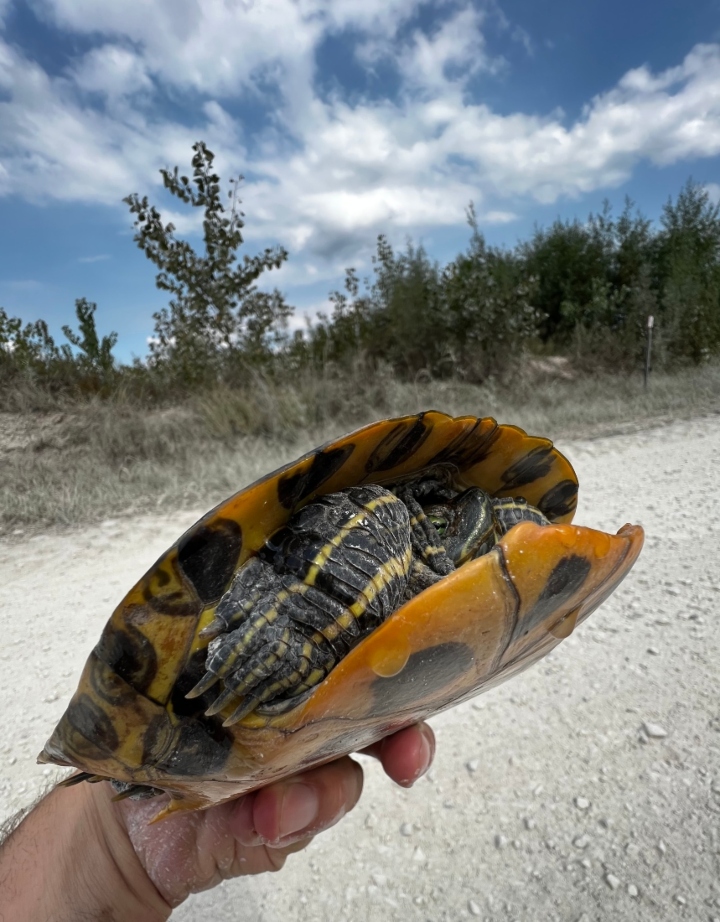
Lined Snake - this small, secretive serpent looks similar to a Garter Snake. It is mainly brown to grayish brown with three light stripes, one along the middle of the back, plus two on the sides. The belly is white with two distinct rows of half-moon shapes.
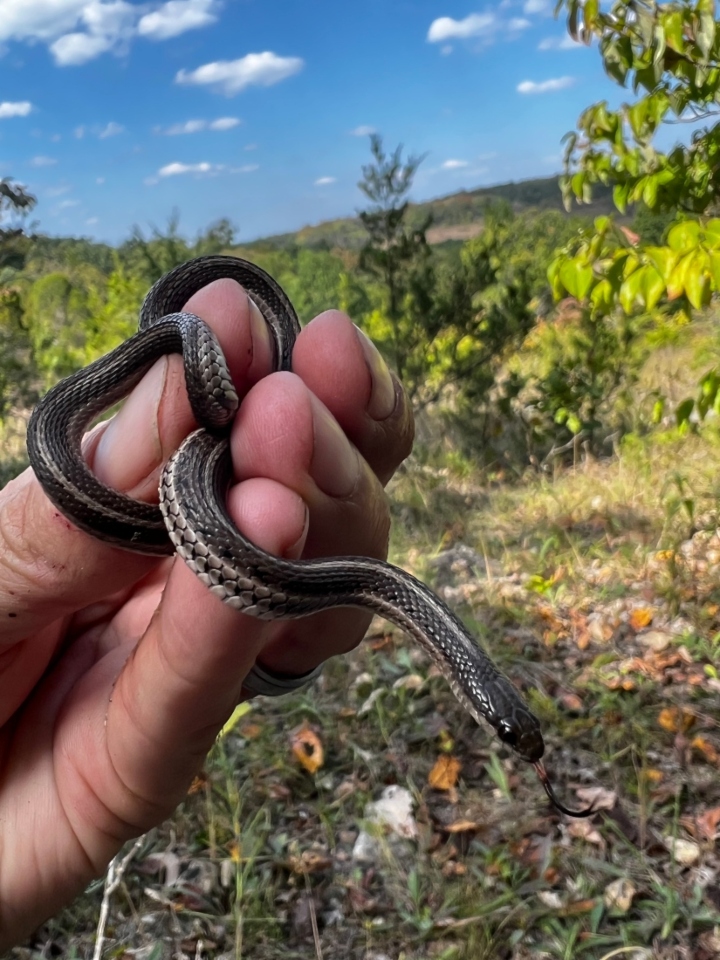
There's no time like Toad Time!
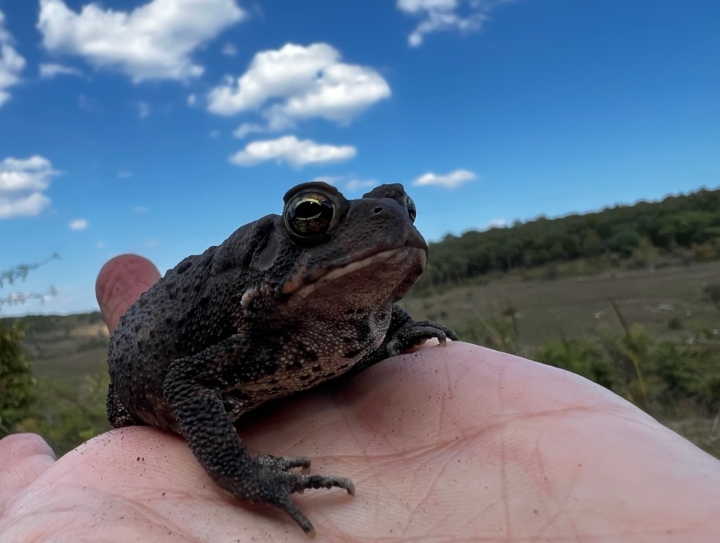
American Persimmons were fruiting.
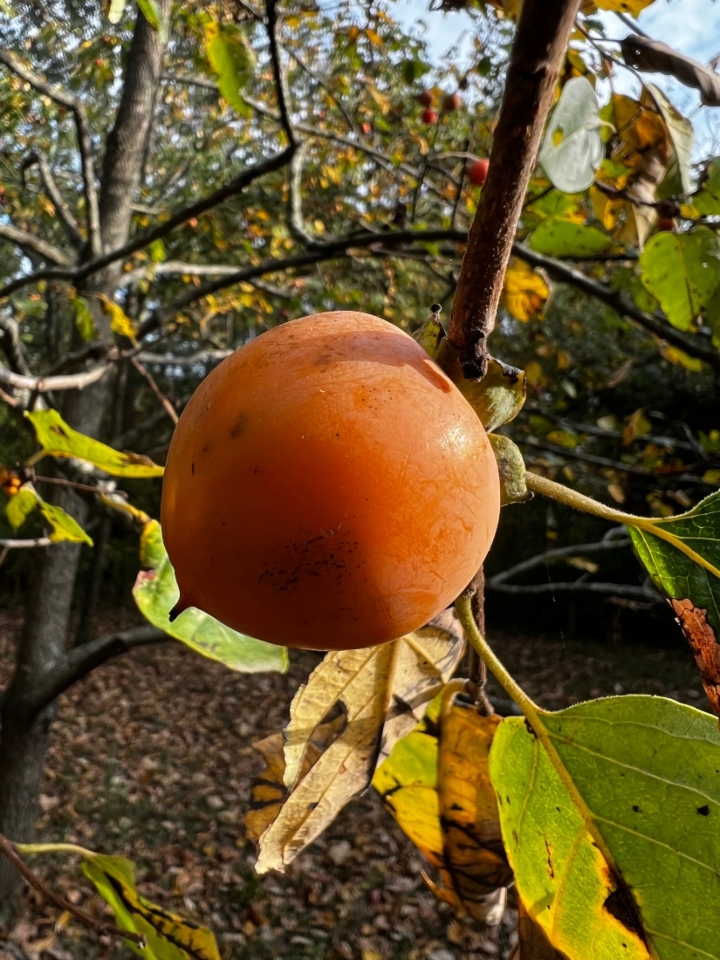
Lesser Sirens are completely aquatic, rarely leaving water unless its an absolutely necessary.
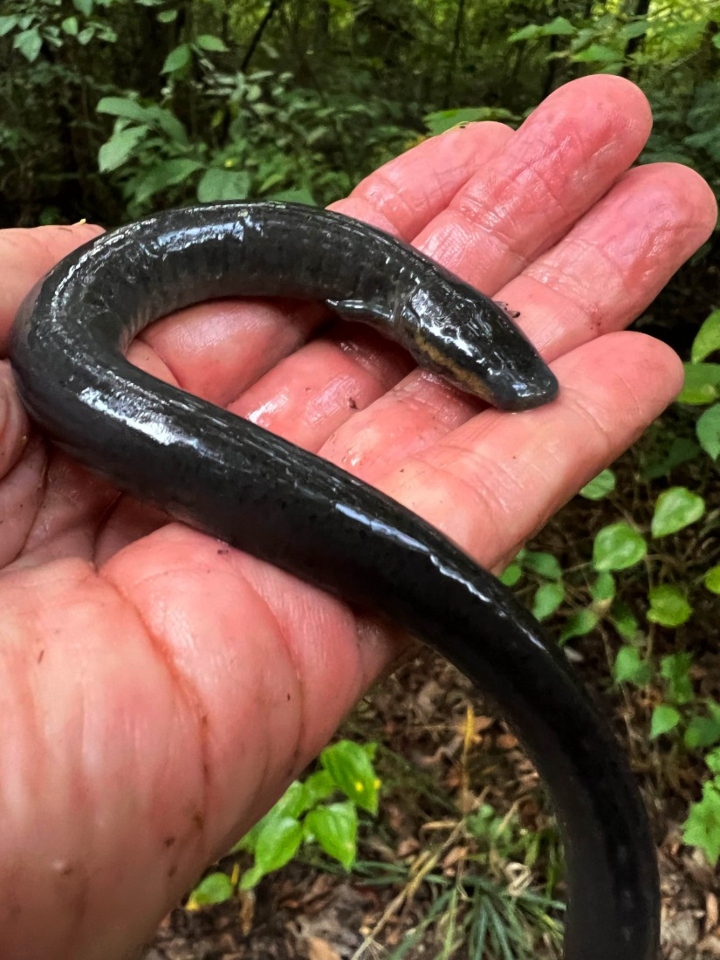
A young Eastern Box Turtle that I helped cross the street in Union County, Illinois.
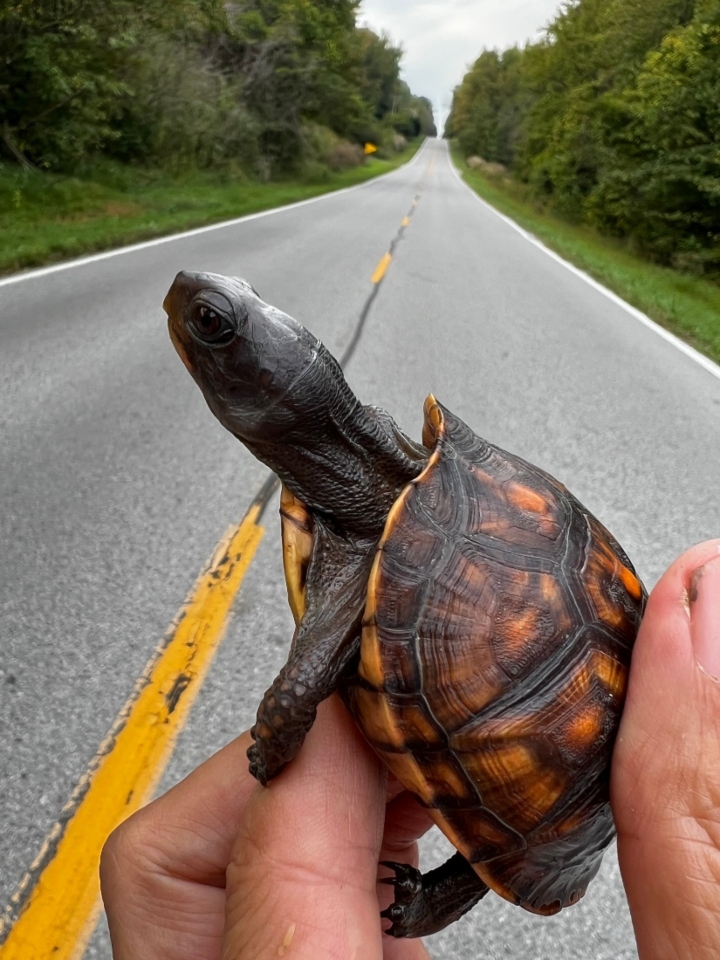
One of many Southern Leopard Frogs seen crossing the road at night.
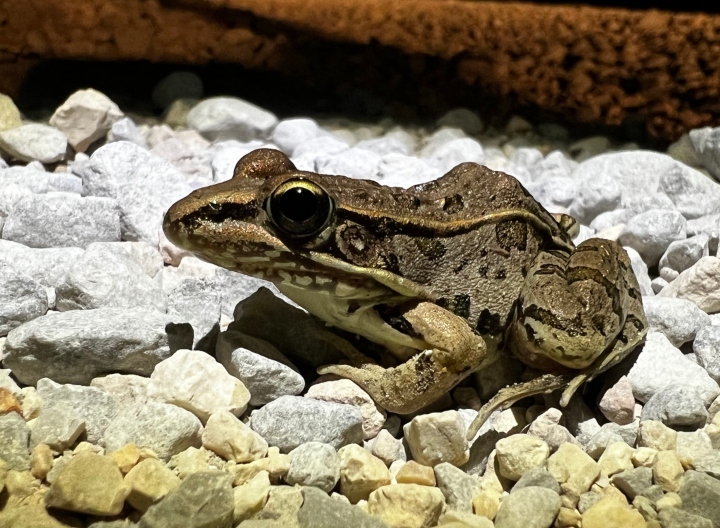
Speckled Wolf Spider - female Wolf Spiders have remarkable maternal instincts and are often seen carrying around their egg cases. After the young spiders hatch, they ride around on their mother’s back until they are able to be independent.
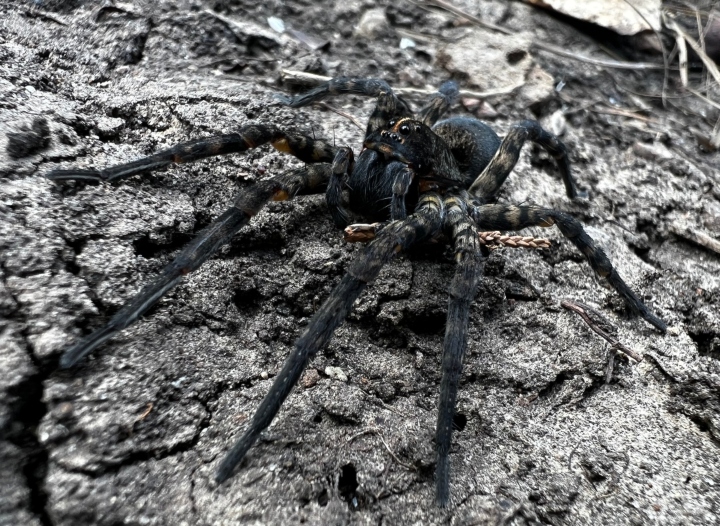
Cottonmouths were the most commonly seen snake on the trip. Here is a juvenile on Snake Road with a yellow tail tip.
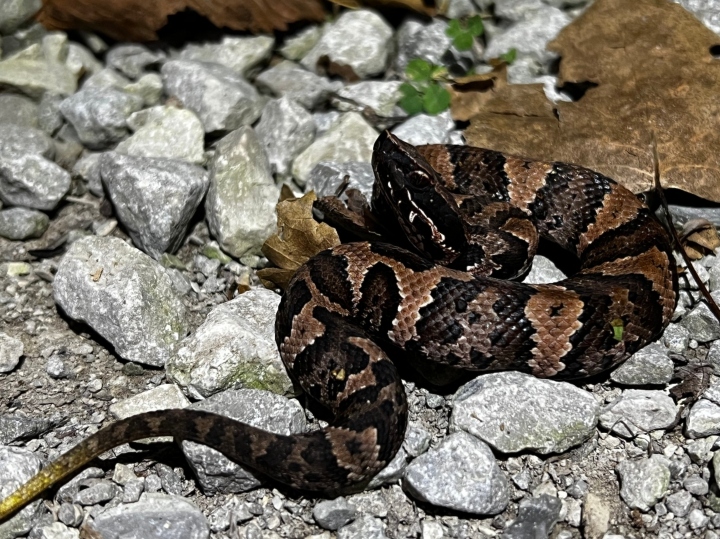
A subadult Cottonmouth in southern Illinois.
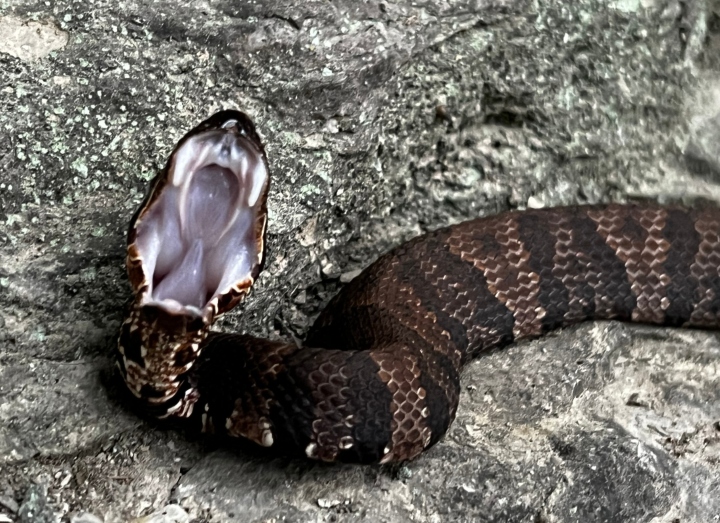
The Cottonmouth is a dark, stout, thick-bodied venomous snake. The name “Cottonmouth” is derived from the snake’s habit of opening its mouth in a defensive posture when it feels threatened. Other names for this snake are “Water Moccasin” and “Trap Jaw.”
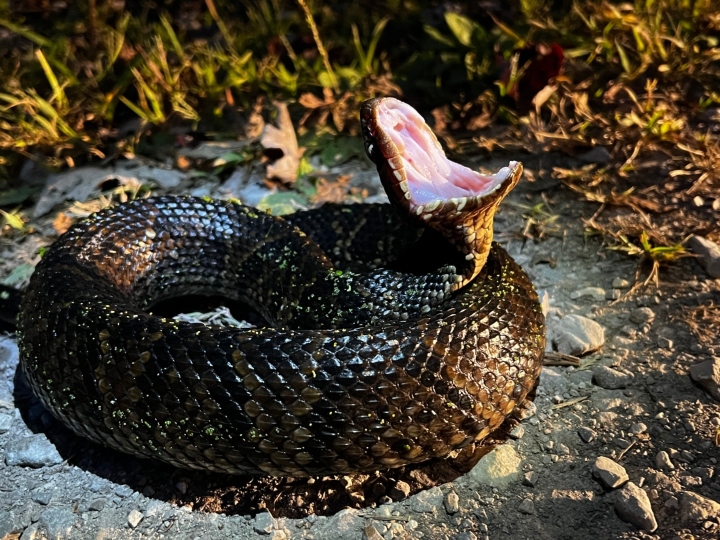
One of the several Cave Salamanders seen on the trip.
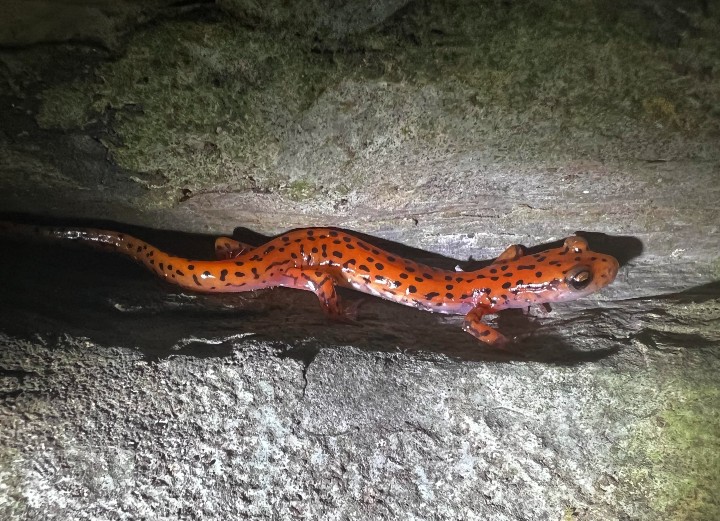
A Fowler's Toad seen crossing the road at night.
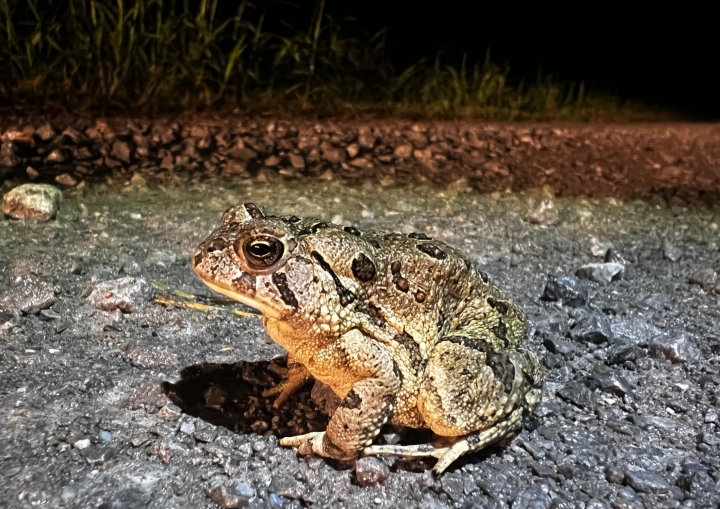
Several days into the trip we got what we needed to increase our herp-finding success - rain.
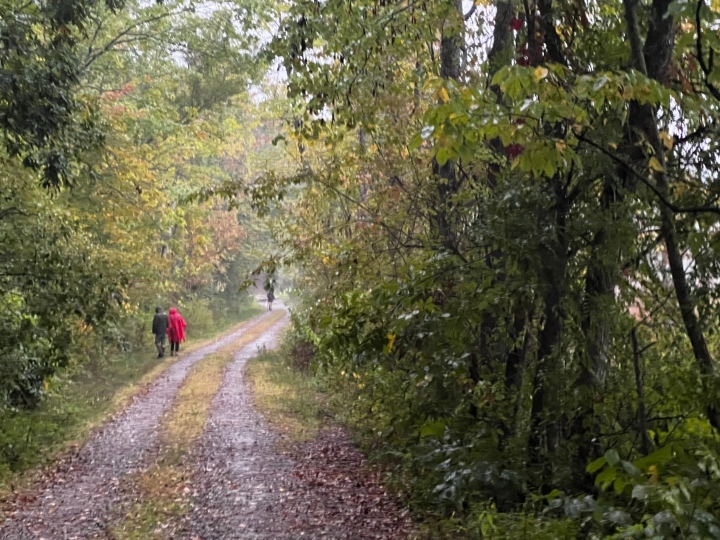
A number of amphibians were seen crossing the road at night in the rain. Here is a Green Treefrog.
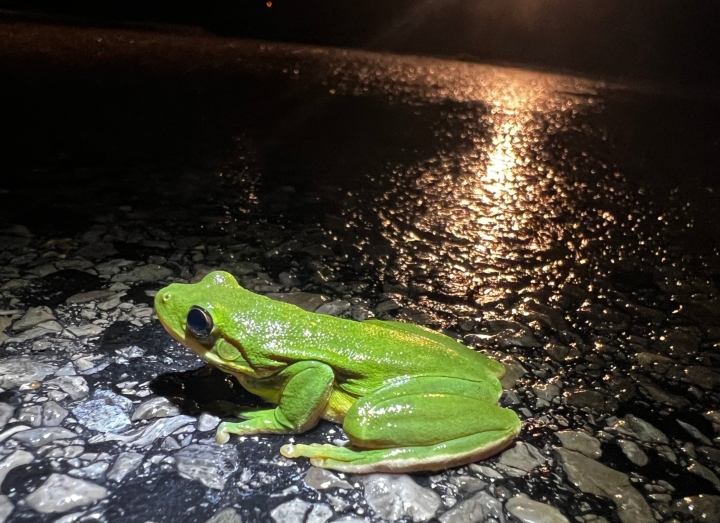
The Bird-voiced Treefrog is found over much of the southeastern United States. Its favored habitat is wooded swamps near streams and rivers. It blends in very well with the tree trunks where it usually hangs out.
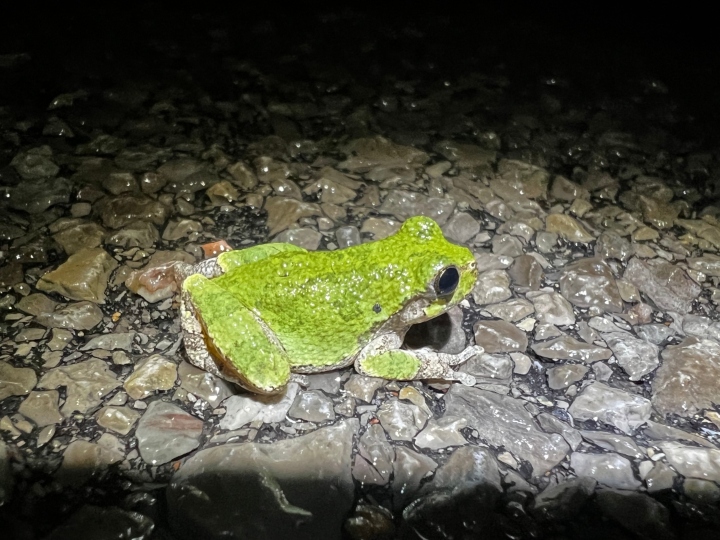
A Tersa Sphinx Caterpillar that was out with the amphibians.
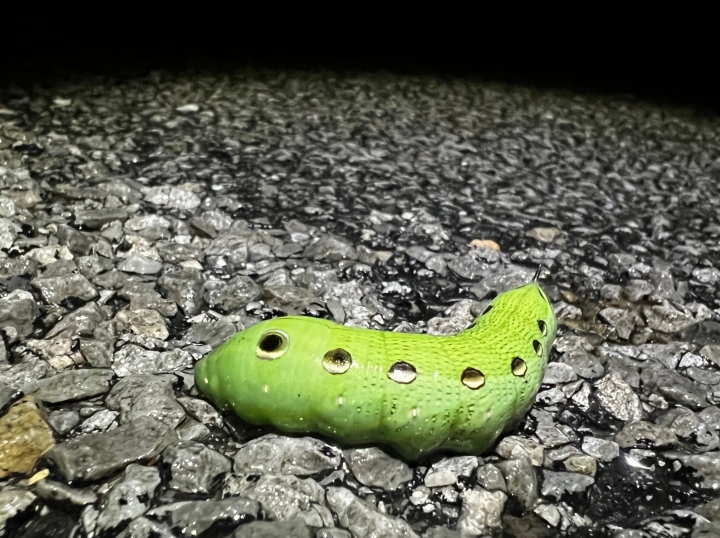
The Gray Treefrog's color changes in response to its environment and activities, and can range from green to gray or brown.
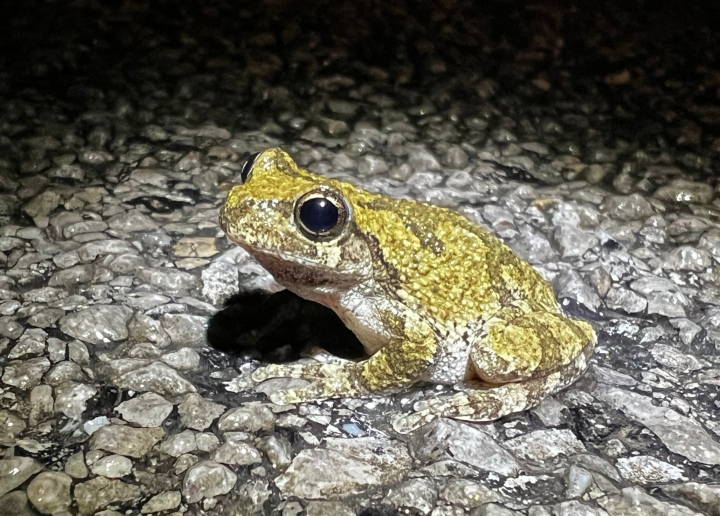
A young American Bullfrog - the largest of all North American frogs, this giant can grow to a length of 8 inches or more and weigh up to 1-1/2 pounds.
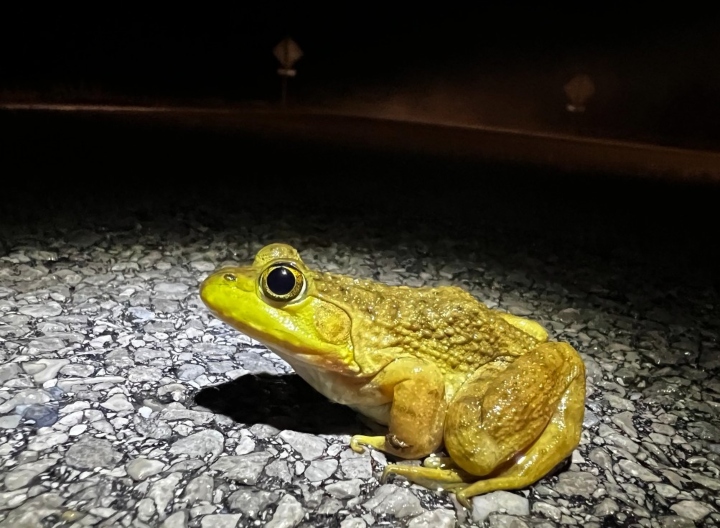
Southern Leopard Frogs vary considerably in color and pattern - here's one of many seen crossing the road.
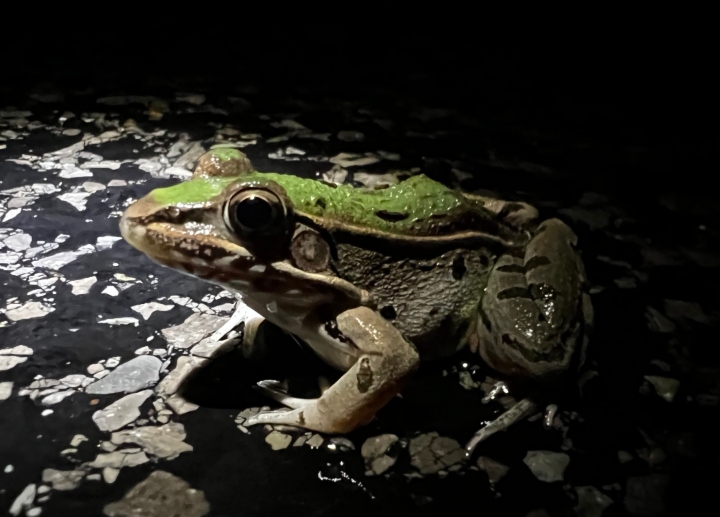
A Green Frog - when disturbed, this amphibian quickly jumps into the water, often emitting a high-pitched squawk as it jumps.
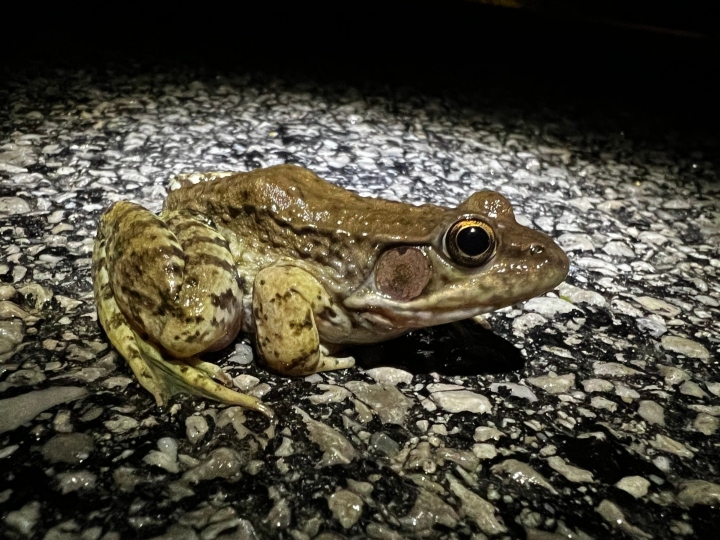
My "lifer" Eastern Tiger Salamander - the largest land dwelling salamander in North America. It generally grows to be between 7 and 8-1/2 inches in length, but can reach up to 13 inches.
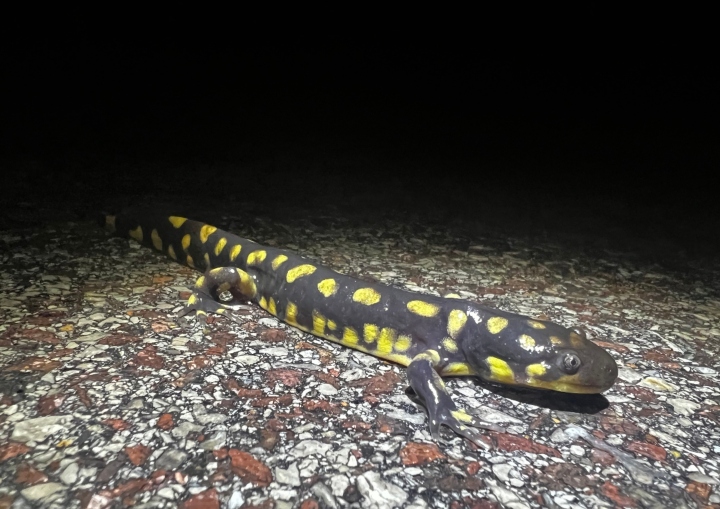
Spring Peepers are small tree frogs. Their bodies have smooth skin in shades of tan, brown, green, or gray, with lines that form an X-shaped pattern on their backs.
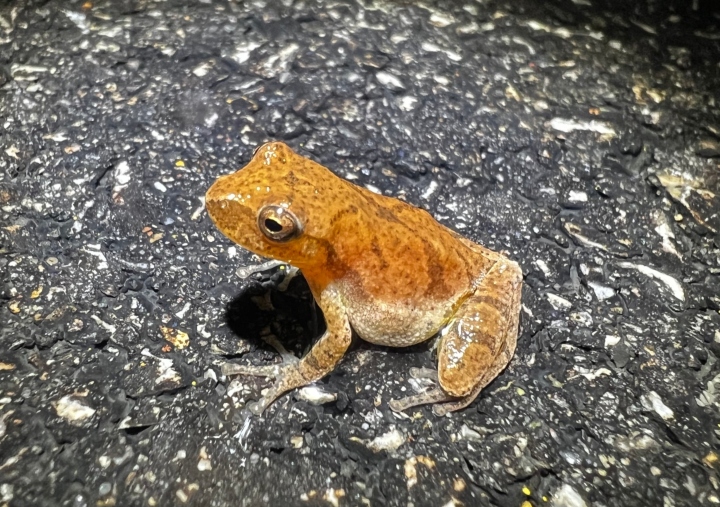
Wood Frogs are usually shades of brown to blend in with the forest floor, where they are commonly found.
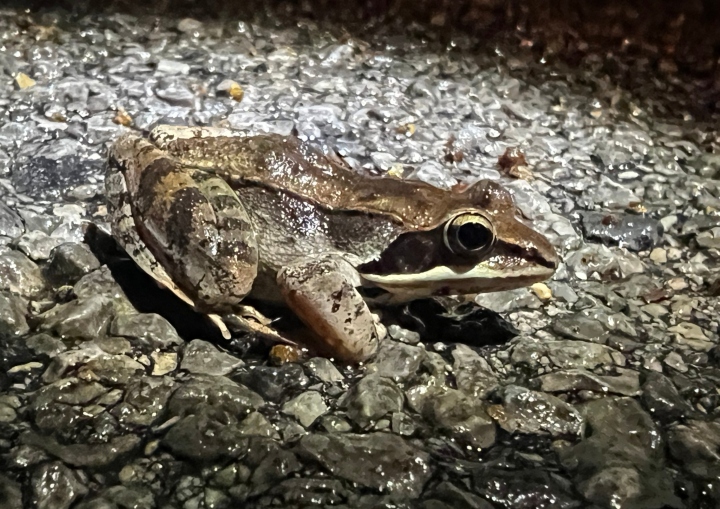
Another neat looking Southern Leopard Frog.
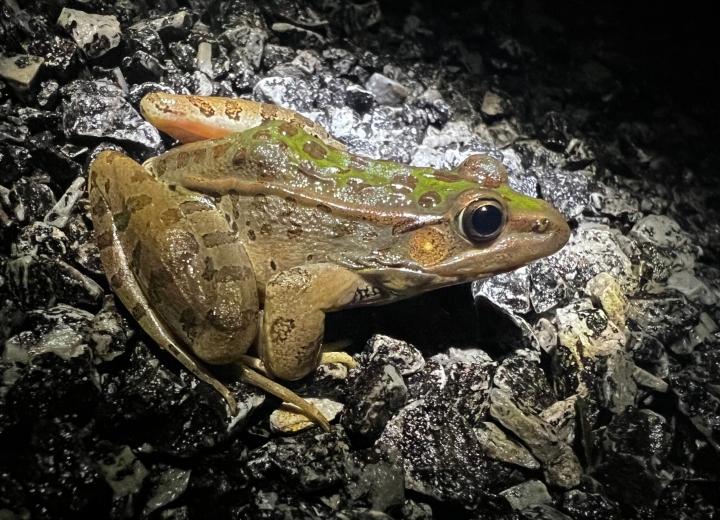
A second Eastern Tiger Salamander - belonging to the family known as Mole Salamanders, Tiger Salamanders are fossorial, spending much of their lives underground, feeding on worms, snails, insects and slugs.
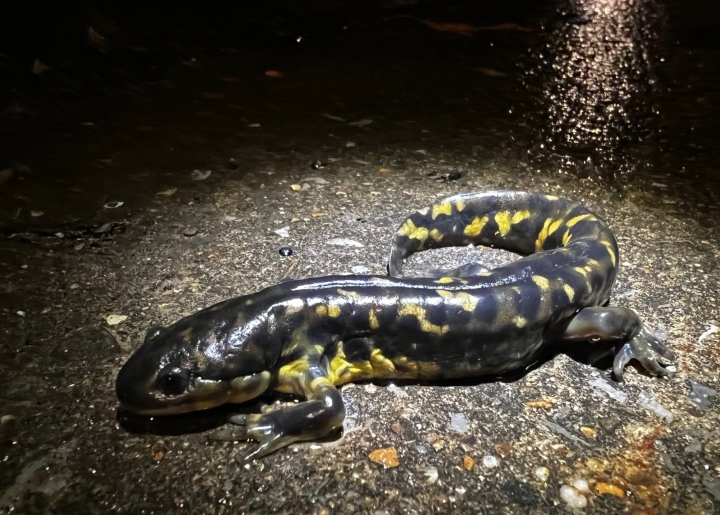
Click here to see Part 4
|